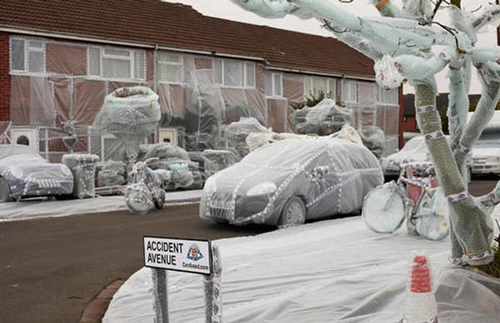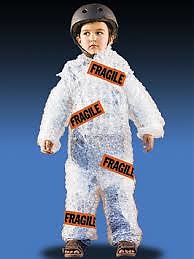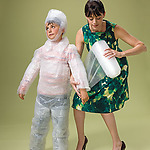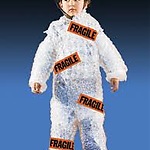We’ve all heard it at some point in our live: Be careful. Now when considering this, it is a very weird suggestion. Most of you probably were not going to get themselves intentionally run over by a car before hearing these two words: Be careful.
,,Predicting the future is hard.’’ Niels Bohr.
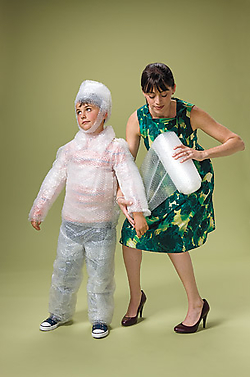
In technology and innovation it makes sense. When innovating in a responsible way it is important to assess the possible effects of the innovation. There is uncertainty in innovation, just like there is in live. This uncertainty in innovation is translated into the precautionary principle, which is explained by Rafaella Hillerbrand. This principle states that anticipatory actions should be taken to avoid harm, even if we do not know how likely or how severe the potential negative impact could be. This principle is used if there is a potential for harm from an activity, and if there is uncertainty about the magnitude of impacts. In technology the value of this principle is explained by the example of Global warming which is potential harm, we try to avoid harm while dealing with uncertainty about the magnitude of the impact.
Although if we use this precautionary principle for individuals, while including every situation with potential harm, we would have a problem. To explain this we are going to look at an individual, let’s call him Ben. Ben lives in the Netherlands, he has a job and he likes doing fun stuff. Firstly he would like to go on vacation, but when considering the precautionary principle we will realise something important. There is too much potential for harm. There could be an accident with the plane or car, Ben might drown, get violently mugged or attacked by a shark et cetera.
So let us say the vacation is off due to too much risk, now Ben wants to go to work. Ben might get into a car-crash on his way over or he could be attacked by a disgruntled employee. Would this be possible? And should he take precautionary measurements?
Shall we say Ben gets to hang out with his friends at a concert? Maybe there will be a fight and Ben will be stuck in the middle or a part of the sound system will fall down and hit Ben on the head.
What does this mean? Is Ben bound to his house forever? Or is this dangerous as well? Someone might break in, a tree might come crashing into the house and Ben could fall down the stairs.
As seen in the example you would have to find an immense amount of anticipatory actions to avoid all of the potential negative impact. It would seem that although the precautionary principle is a very good principle in innovation, it might not have the same effect when looking at individuals. The principle itself is an excess when applied on individuals. So maybe when using the precautionary principle on people it can be applied on itself to avoid the potential harm of the principle.
As for Ben, he should probably stay safely wrapped in bubble wrap.
